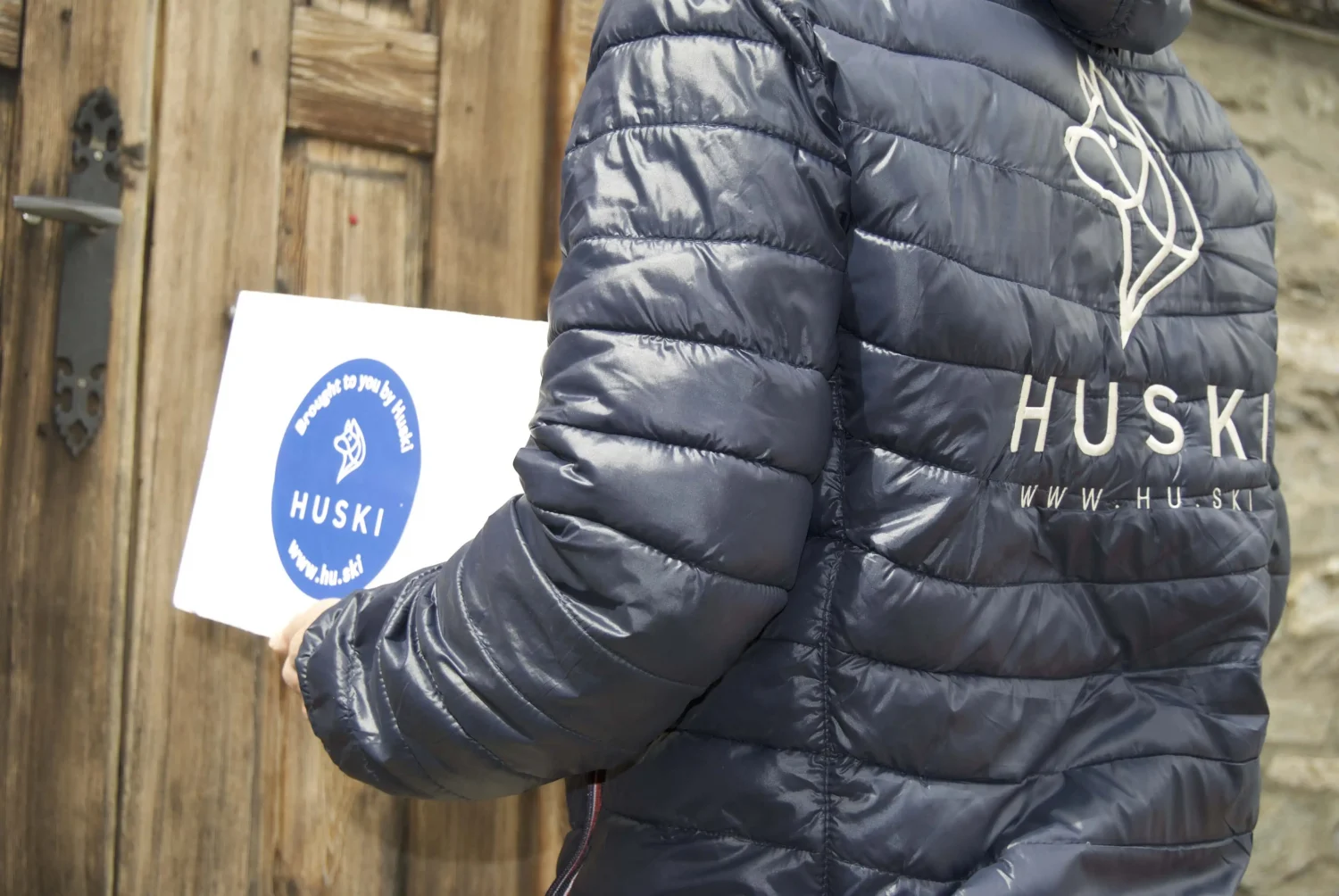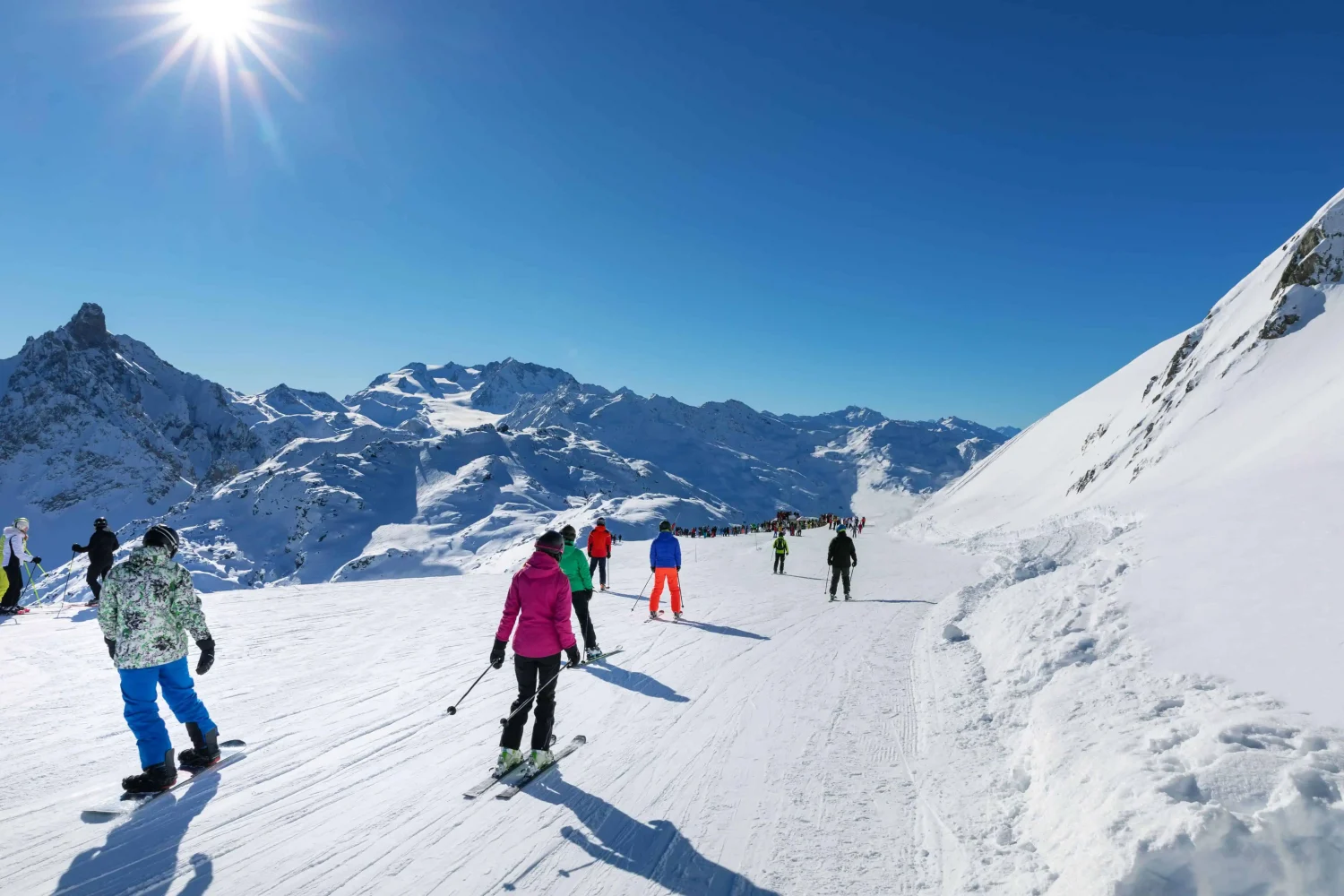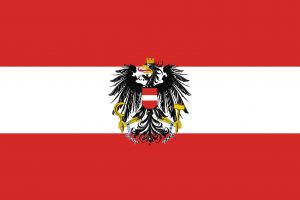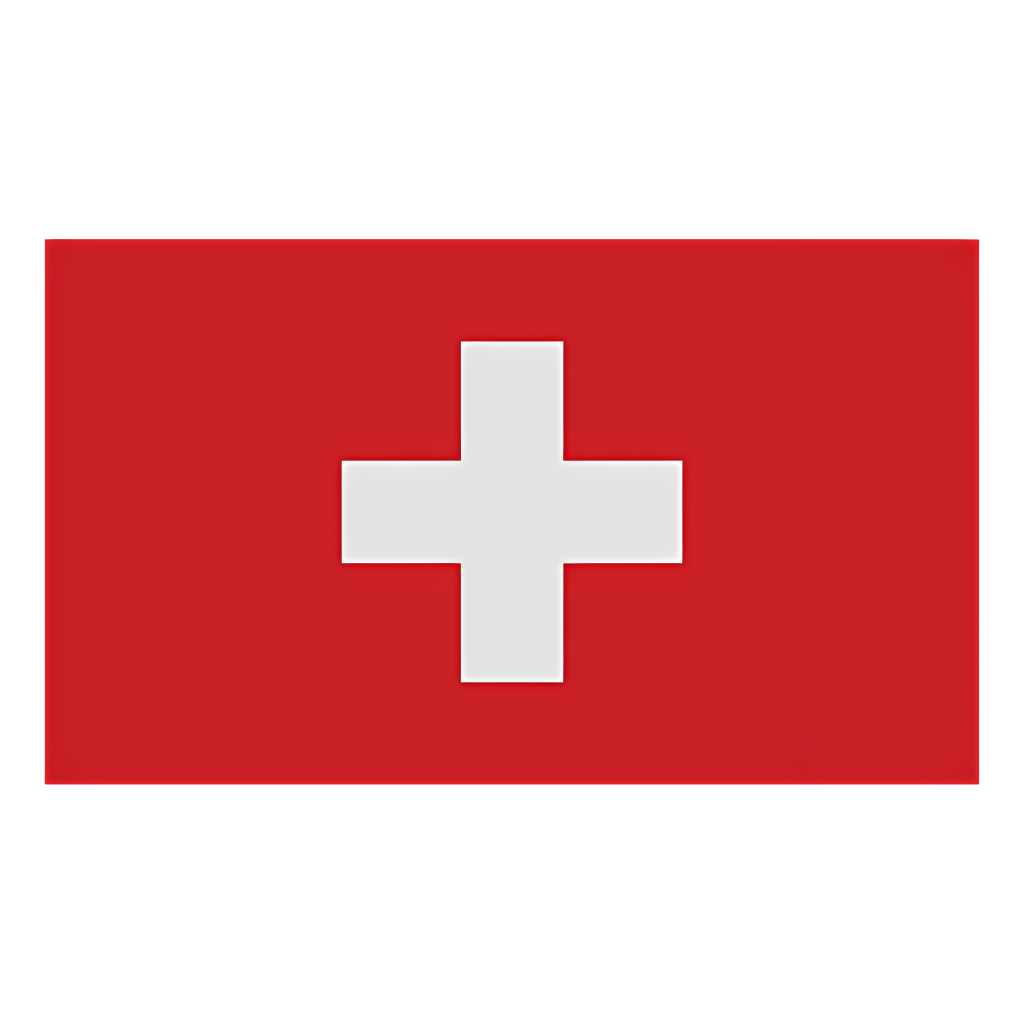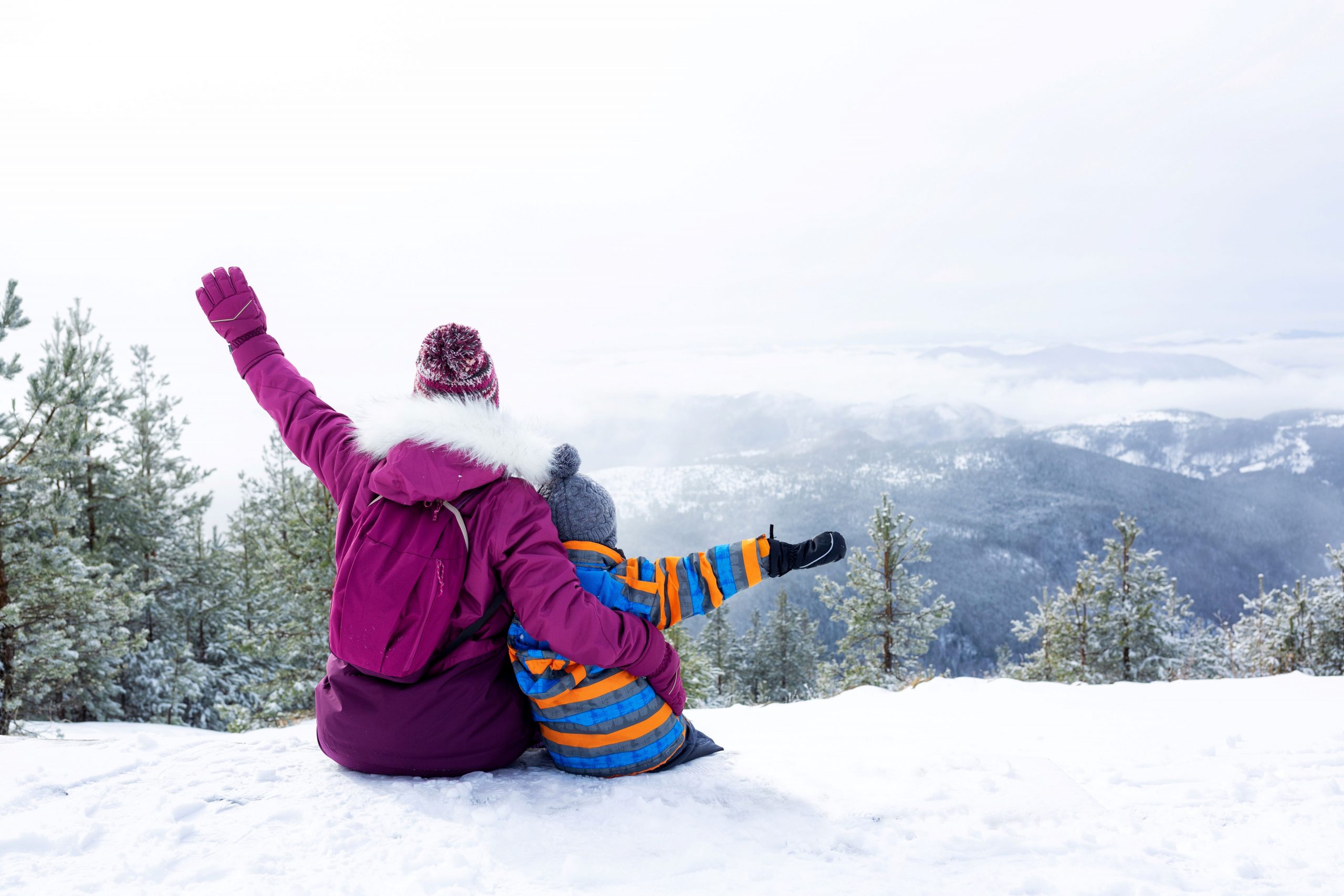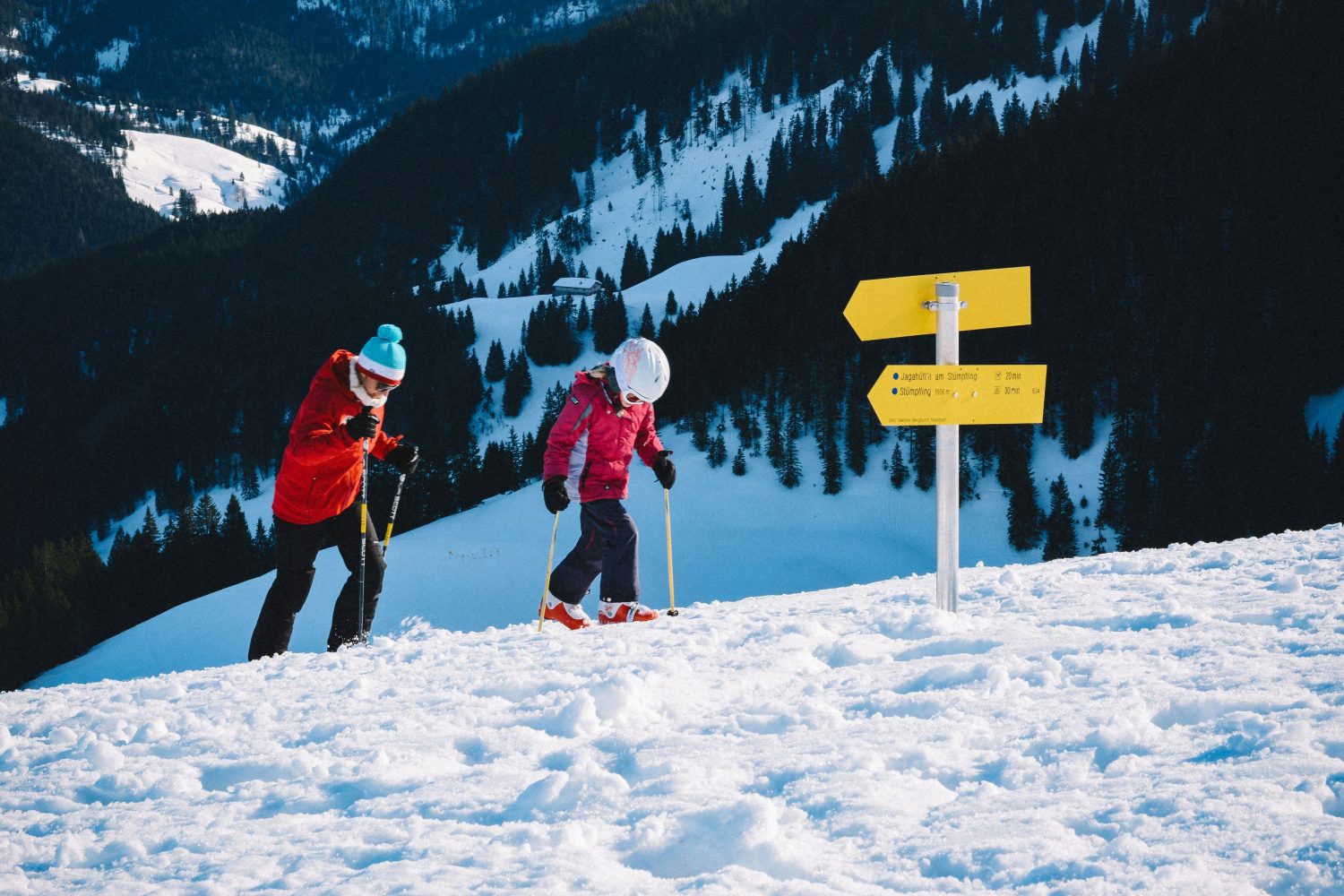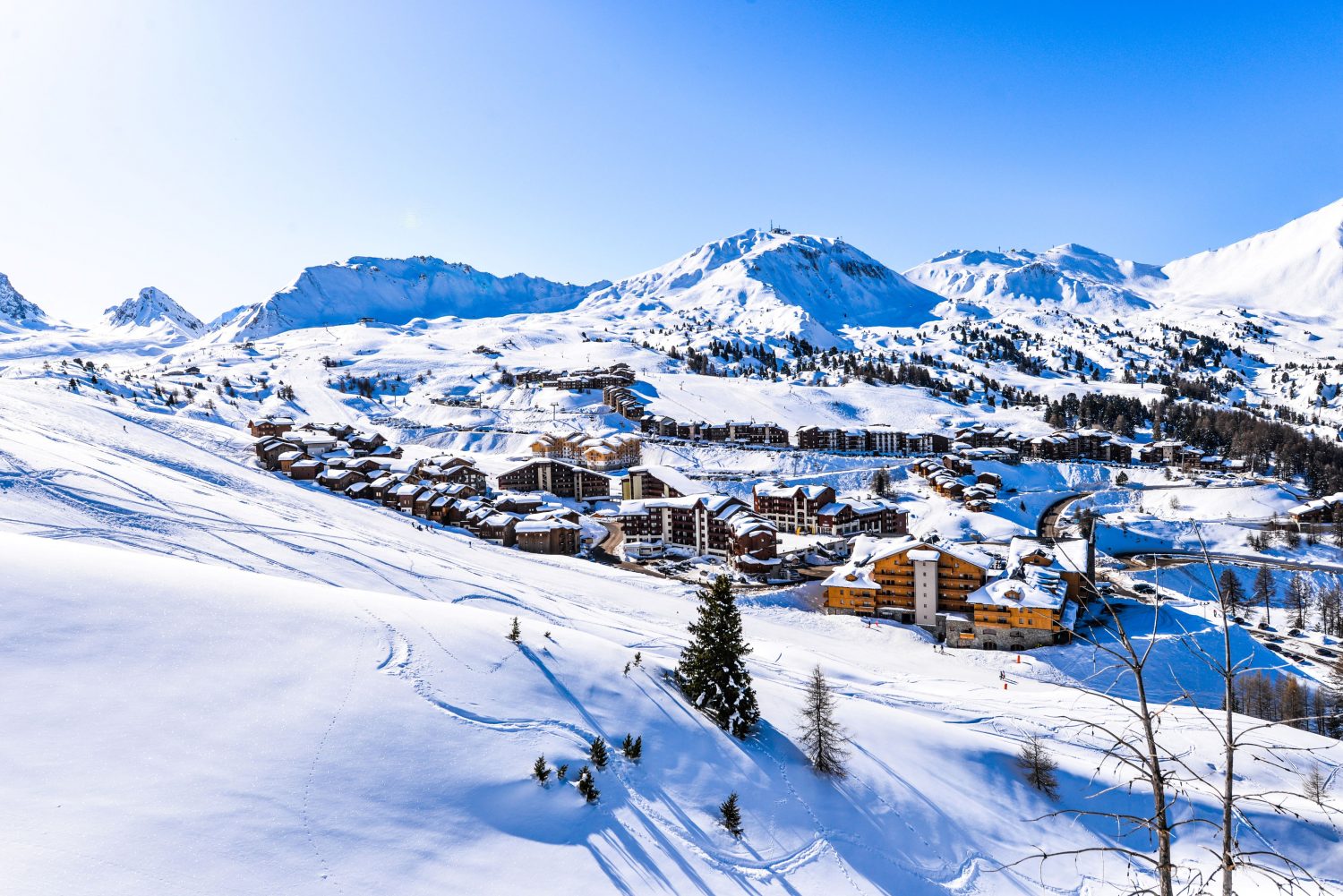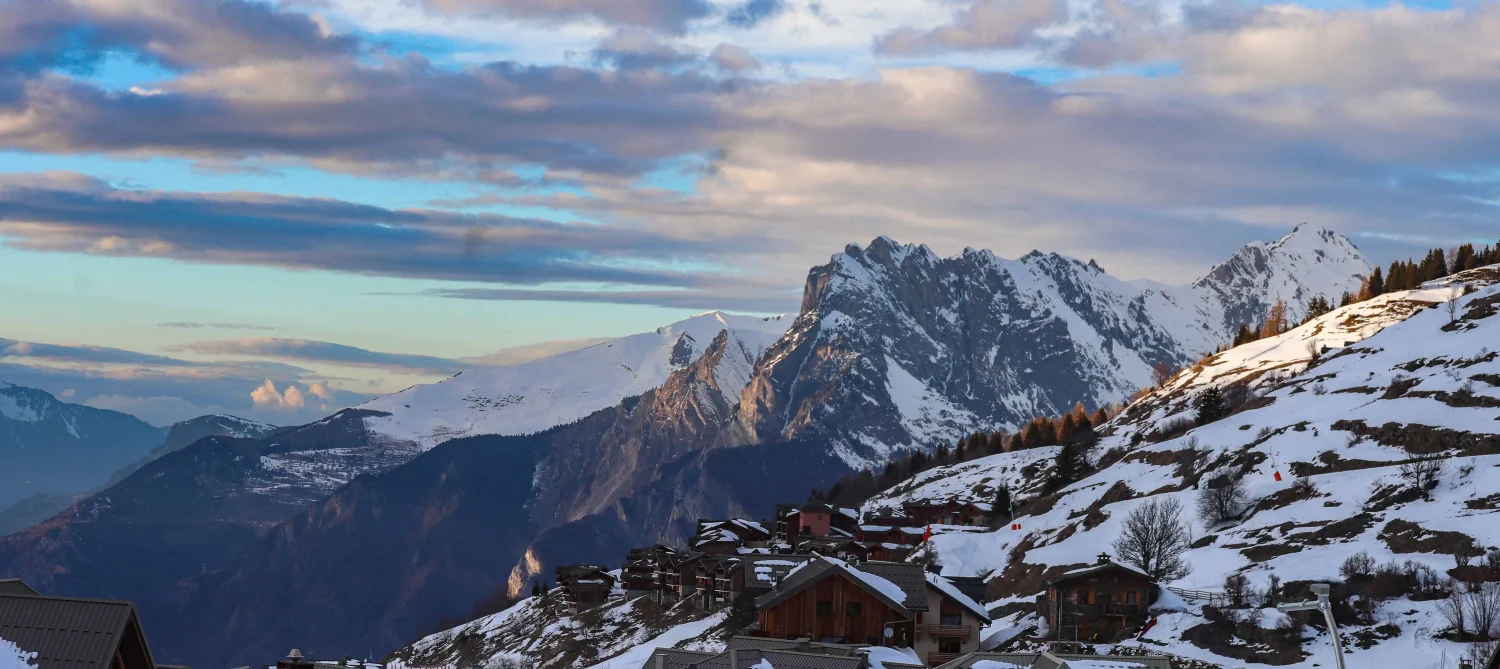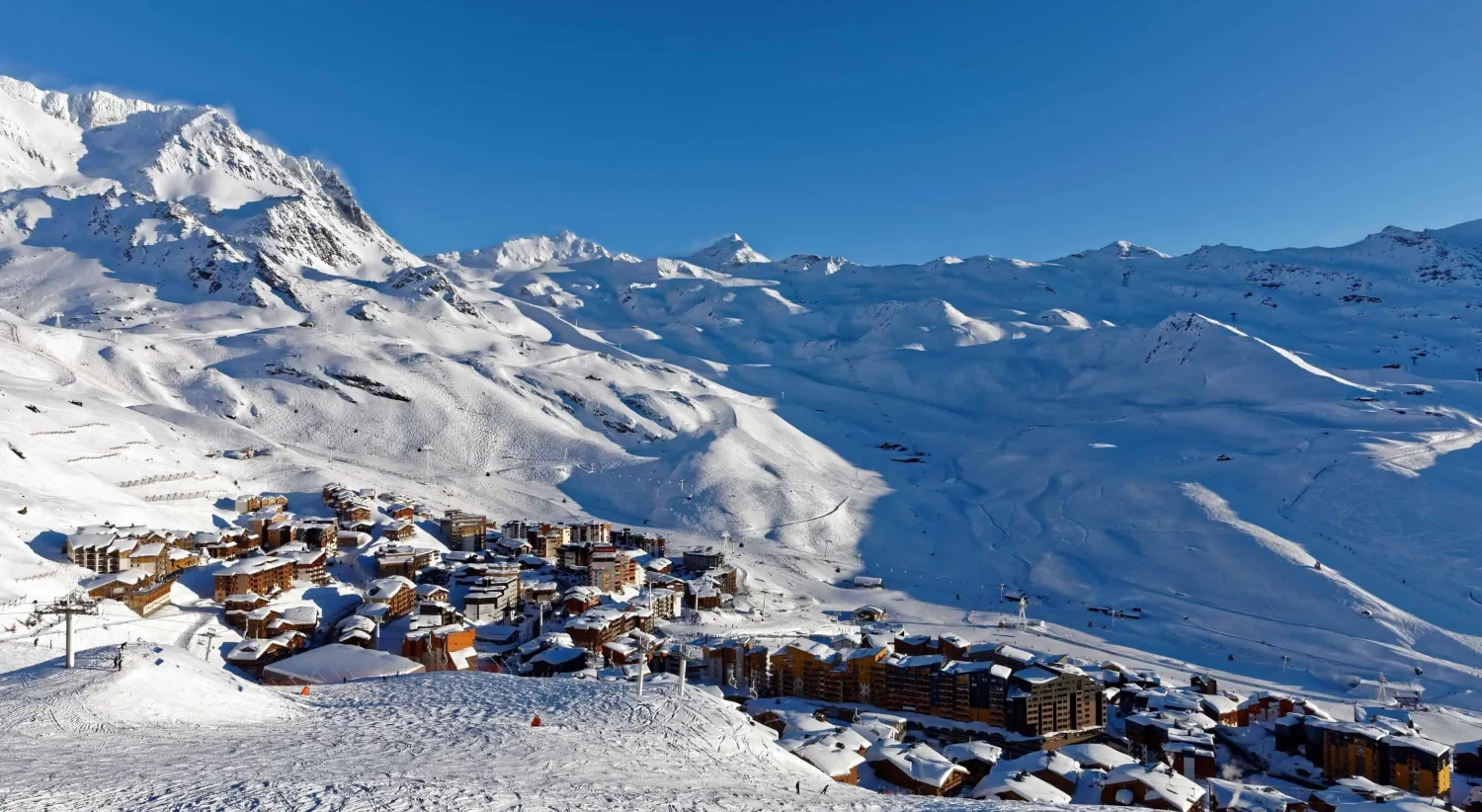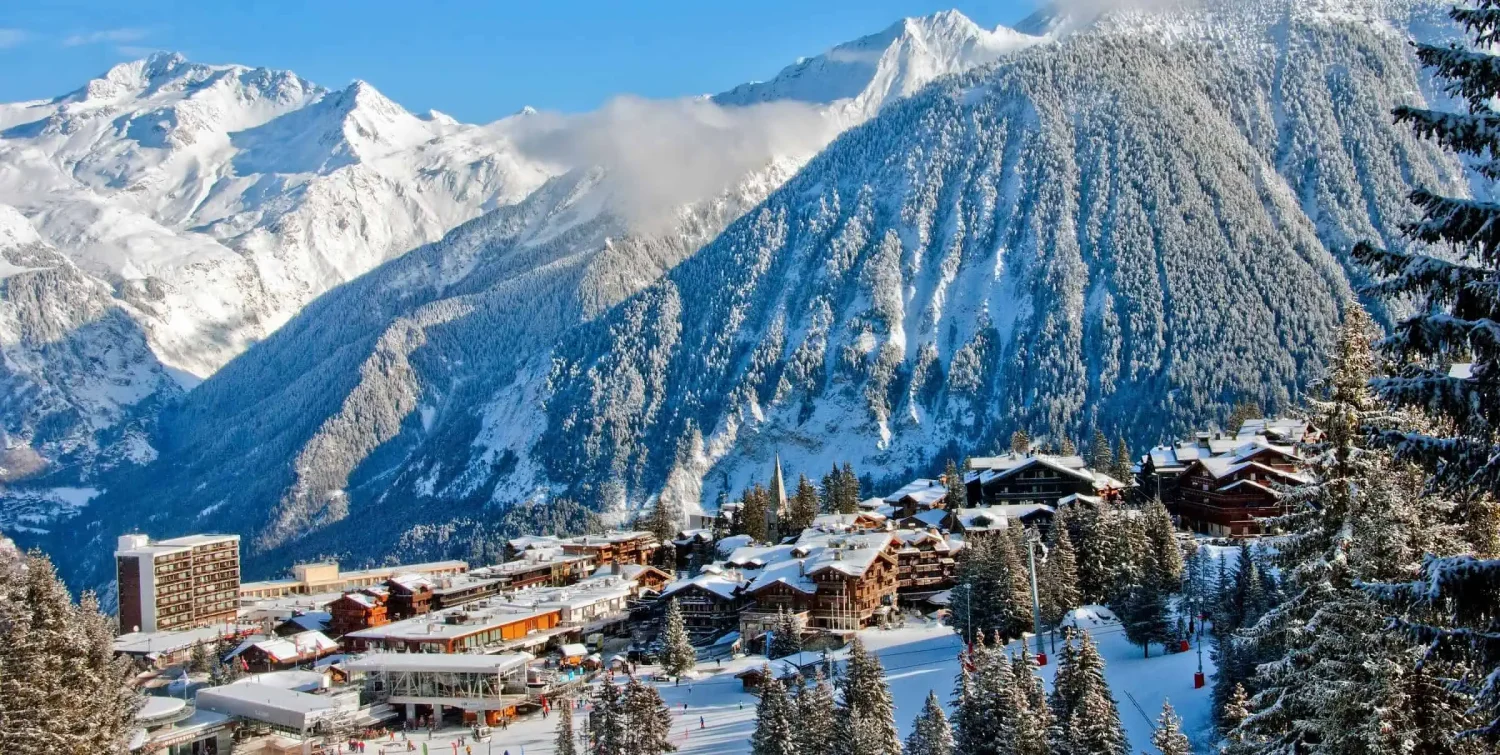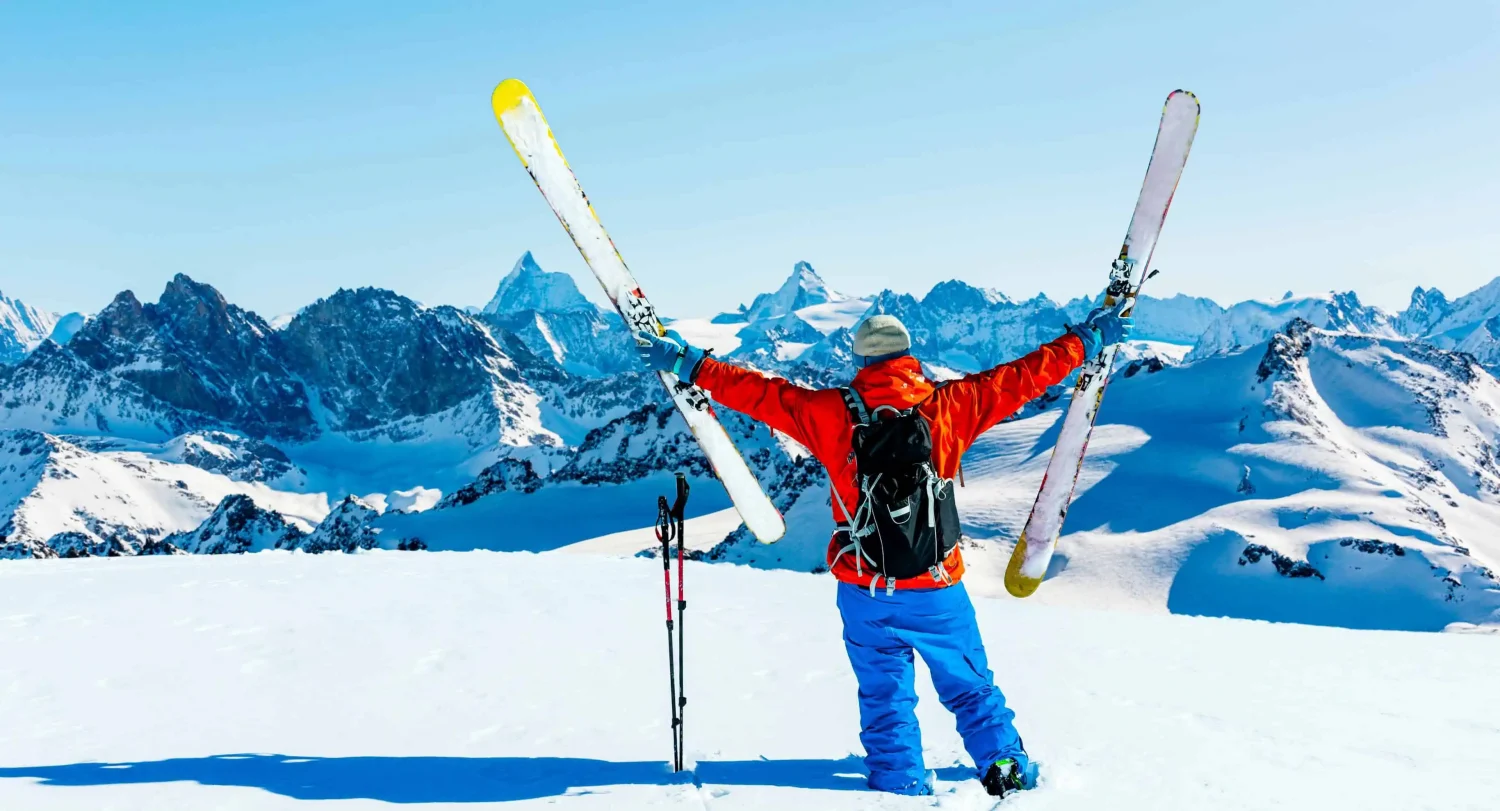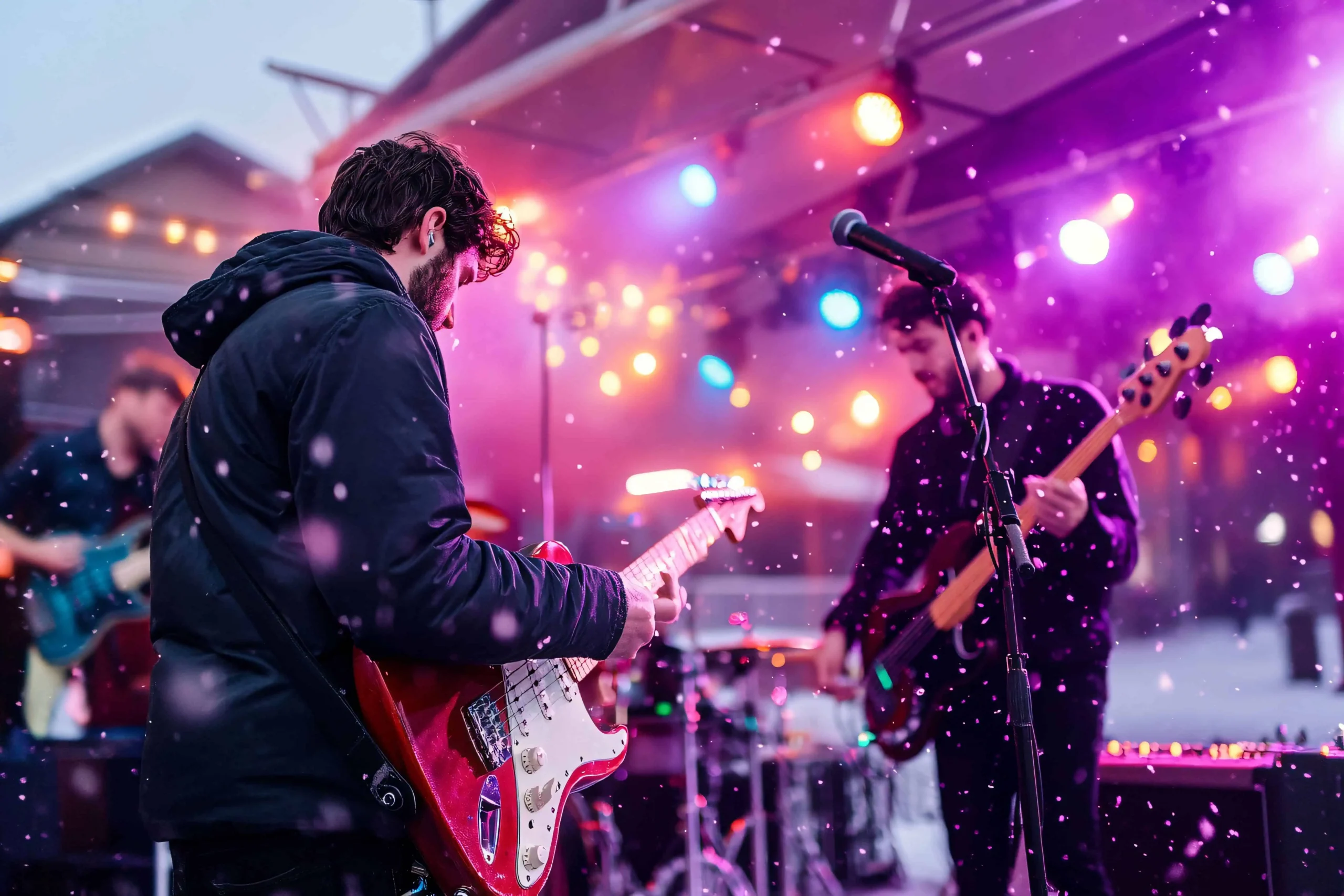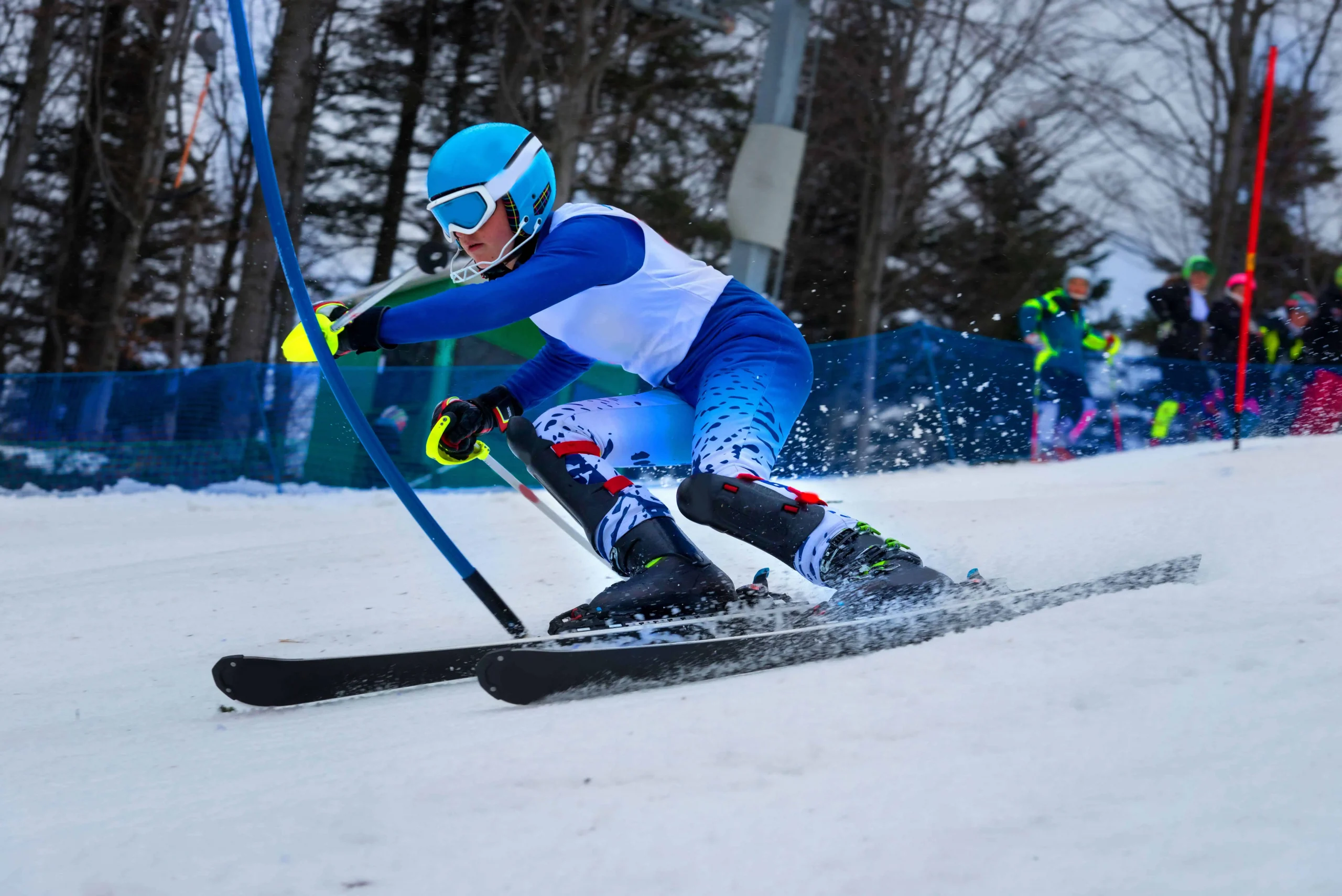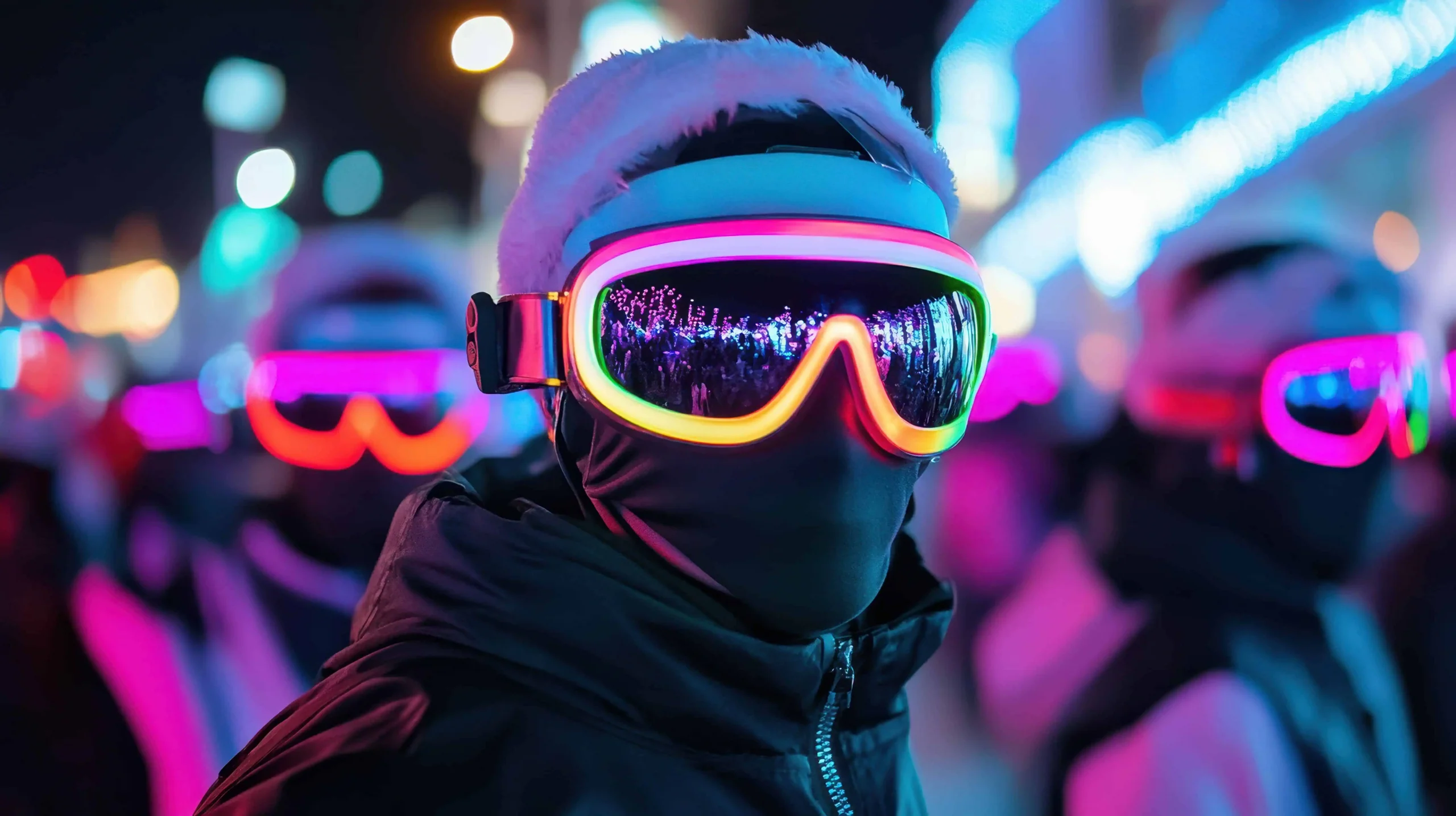Say Goodbye to Dietary Chaos: The Ultimate Ski Holiday Hack!
Our friends at Huski Mountain Deliveries have the ultimate hack to make your ski holiday stress-free;
What’s the hardest thing in the French Alps? Skiing Le Tunnel on rental skis? The thighs of your kid’s inappropriately hot instructor, Jean-Francois? Or appearing nonchalant as you hand your credit card to the barman at the Folie Douce?
Yes – those are all ‘trop dur’. But really hard is going self-catered with all today’s dietary requirements to worry about.
Our Ski Holiday Hack
Picture this: You’re planning a group ski trip. Marie is vegan, but Geoff is effectively a caveman; Tom can’t eat gluten, and Sarah’s dairy-intolerant. And the kids, well, they’re just fussy and only seem to eat ‘beige’.
For this scenario the alps can be a nightmare. France remains a country where bacon lardons are an acceptable topping for a vegetarian salad. And vegetables in mountain supermarkets look like they spent 3 weeks on the back of a donkey, let alone also offering decent GF or DF alternatives. Modern diets just somehow don’t fit with the Savoyard’s more traditional culinary approach. I mean, “what do you mean you don’t eat Cheese?!”
And if you can track down the ingredients, trying to cook multiple versions of the same meal in a tiny chalet kitchen can be an ordeal. Not exactly the relaxing holiday you had in mind, right?
Food Delivered to Your Door
Enter Huski, the game-changing food delivery service that’s making sure everyone in your group can eat like royalty, regardless of their dietary requirements. We’re talking restaurant-quality, hand-made meals delivered directly to your accommodation, with options to please every palate and dietary need.
Since we started making dishes and delivering them around the French Alps we’ve seen an increase from 4% to 9% of diners asking for vegan dishes – and over a fifth of our menus sold are vegetarian. In many ways looking after these previously ignored guests has really put Huski on the map.
Dietary Differences? No Problem!
For our plant-based friends, we’ve got creative twists on classic comfort food – imagine cosying up to a hearty Beetroot Bourguignon after a day on the slopes, or treating yourself to a creamy (but dairy-free!) Mushroom Stroganoff. Our Vegiflette offers a vegetarian take on the beloved Alpine classic, proving that you don’t need to miss out on mountain cuisine just because you’re meat-free.
Got gluten-free guests? No problem. Dairy-free diners? We’ve got you covered. Each dish is clearly labeled with allergen information, so there’s no need for guesswork or worry. And the best part? Every meal is designed to be easily prepared, meaning more time for what you actually came for – skiing, spa sessions, or that legendary après-ski scene.
Make More Time to Ski!
The magic of Huski isn’t just in our diverse menu – it’s in the precious holiday time we give back to you. No more splitting up the group between different restaurants. No more stressing about kitchen logistics. Just delicious, dietary-requirement-friendly meals delivered to your door, letting you focus on making memories in the mountains.
So whether you’re organizing a big group or corporate ski trip with various dietary needs or planning a family holiday where everyone eats differently, make Huski your first stop. Because great food shouldn’t feel like tackling an icy black run – it should be as easy saying ‘encore une fois’ to the nice waiter with the Rosé. Revel in our ultimate ski holiday hack and book your delivery today.
Check out our full menu at hu.ski and give everyone in your group something to look forward to at dinner time. They will love you for it.
Use code ‘SKILIFTS5’ for 5% OFF your order.




